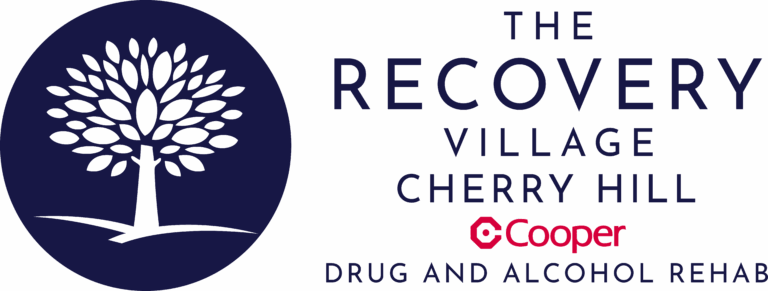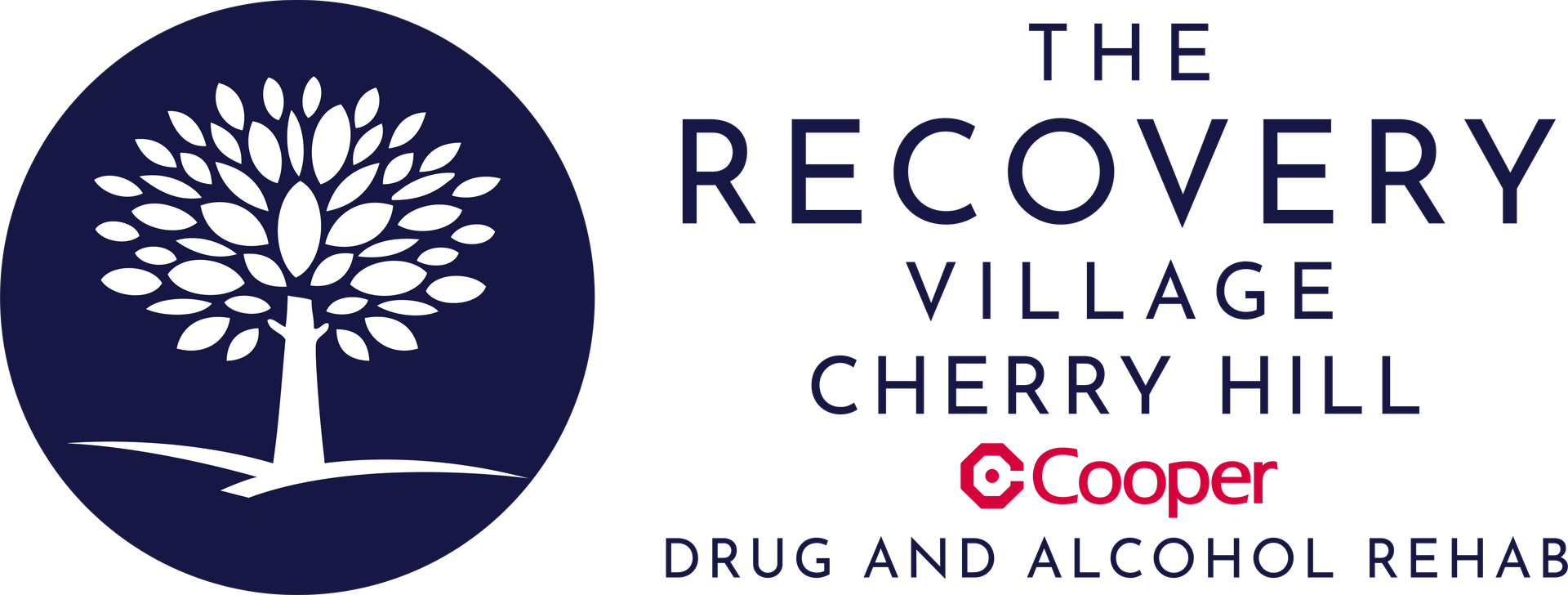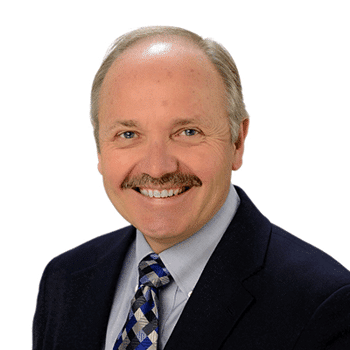In discussions about the nationwide opioid crisis, a term that frequently surfaces is “Hillbilly Heroin.” This label describes one dimension of the broader opioid epidemic in the United States—a public health crisis that has grown so substantial it can no longer be ignored. Politicians, healthcare providers and entire communities are searching for ways to curb the damage opioids cause, yet success has been limited.
Numerous factors have fueled the opioid epidemic, including a surge in prescriptions for potent pain medications. Economic downturns such as the Great Recession have also played a role, leaving individuals unemployed or underemployed in many regions. Amid these circumstances, certain high-risk painkillers—often dubbed “Hillbilly Heroin”—have gained infamy for their widespread misuse and devastating consequences.
Understanding “Hillbilly Heroin”
The term “Hillbilly Heroin” is used to describe oxycodone-based medications, particularly OxyContin. Oxycodone is a semi-synthetic opioid medication used to manage moderate to severe pain, making it roughly one-and-a-half times stronger than morphine. It can be found in single-ingredient prescription forms or combined with other components in multi-ingredient drugs.
When misused, oxycodone produces feelings of euphoria and profound relaxation, which is why it is commonly abused. Individuals who take higher-than-prescribed doses may experience drowsiness, slowed respiration and bouts of nodding off. Other potential side effects include nausea, constipation, dry mouth, dizziness and itching.
Recovery Can Be Life Changing
Whether you or a loved one is struggling with addiction, our expert team is here to guide you every step of the way. Don’t wait— reach out today to take the first step toward taking control of your life.
“My life has became something that I’m proud of and something I can be grateful for.“
– Joseph McDermott, The Recovery Village Cherry Hill Alumni
Like other opioids, oxycodone can lead to overdose. An opioid overdose often manifests through dangerously slowed or stopped breathing, pinpoint pupils, bluish skin and loss of consciousness. In severe instances, overdose can be fatal without immediate medical intervention.
Why the Nickname “Hillbilly Heroin”?
Oxycodone and OxyContin earned the nickname “Hillbilly Heroin” partly because they mimic heroin’s effects while generally being less expensive and more accessible on illegal markets. The label also reflects changing perceptions of drug abuse. Previously, illicit drug use was largely associated with inner-city populations—such as with crack cocaine in the 1980s or heroin and its ties to certain music subcultures in the 1990s.
However, opioid misuse has penetrated rural areas, particularly in the Appalachian region. These communities, often plagued by economic hardships, have seen an alarming rise in crimes related to drug-seeking behaviors, including theft, prescription fraud and other forms of criminal activity. Some experts associate this surge with job-related injuries in high-risk fields like mining, where powerful painkillers were prescribed to manage pain. The prevalence of these medications made them easier to access for family members and adolescents.
How OxyContin Became a Prime Target
One might wonder why OxyContin specifically became associated with this crisis, rather than other opioids like morphine or hydromorphone. Part of the explanation lies in how OxyContin was marketed. During its early distribution, pharmaceutical companies heavily promoted this drug as a safe, effective treatment for pain, downplaying the risk of addiction. Simultaneously, medical professionals were encouraged to treat pain more aggressively, fueling an increase in opioid prescriptions.
As dependence on OxyContin grew, individuals often turned to “doctor shopping,” traveling to physicians known for their lenient prescribing habits. Many medical practices became overburdened by patients seeking opioid prescriptions, further contributing to widespread misuse.
In today’s environment, “Hillbilly Heroin” is no longer confined to rural Appalachia. The impact continues to expand across the United States and has even reached other nations, such as the United Kingdom. Policymakers, public health officials and treatment specialists all work diligently to develop solutions to this crisis, yet opioids remain a leading cause of fatal overdoses and community disruption.
Addiction Treatment at The Recovery Village Cherry Hill at Cooper
If you’re seeking addiction treatment for yourself or a loved one, The Recovery Village Cherry Hill at Cooper is here to help. Our facility is conveniently located within the heart of New Jersey, under 20 minutes from Philadelphia. We have a full range of treatment options, including medical detox, inpatient care, partial hospitalization programming and intensive outpatient services. We offer a state-of-the-art inpatient facility and have specialized options for trauma, including EMDR and a specialty track for veterans and first responders. If you or a loved one are ready to begin the journey toward a substance-free life, we’re standing by to take your call. Reach out to our Recovery Advocates to learn more about our treatment programs and find a plan that works well for your specific needs and situation.



